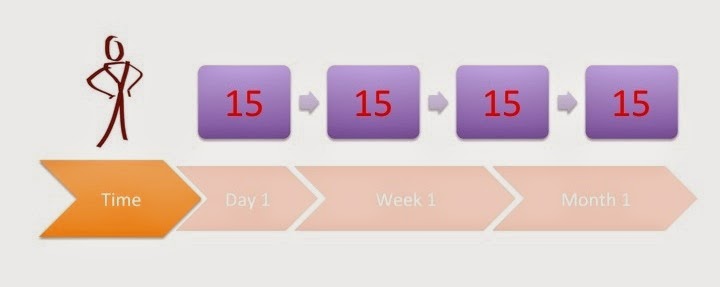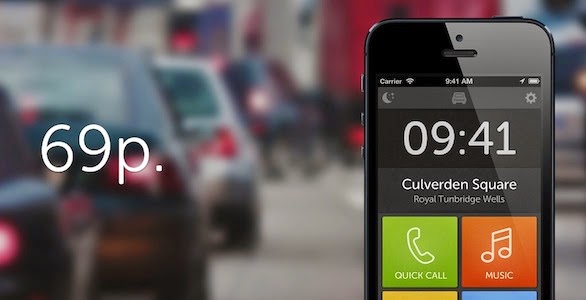For years (centuries?) there have been boundary issues, discussions and disputes between parishes, districts, boroughs and counties. Where are the lines to be drawn, and who takes responsibility?
Each political area then has its own structure of management – and in most cases consists of:
- unpaid political leaders and members to give the strategic direction as voted for by the population, and
- a paid CEO, directors and managers to lead the staff.
With over 350 councils in the UK, that’s a lot of management. At quite a cost. Central Government continues to struggle to control budgetary pressures, and continues to restrict the funding to local councils. So how do you do more for less?
In the past, central government has taken control of some of these boundary issues – with varying degrees of success. Why not merge councils together by changing boundaries? It’s unlikely they will want to do that directly now - it’s politically sensitive, to say then least! - and a battle they don’t need to fight. Will councils do it themselves - and vote themselves out of a job…?
Many turn to shared services. If two or more councils can share a finance department, or IT department, then it only requires one set of managers. A simple economy of scale - and there are some advantages to this.
The Government are now encouraging closer working by given additional funding to Councils who merge themselves: £15m is being made available for 2014/15 for district councils working together and/or with a county to share Chief Executive’s and SMTs. It’s the sort of thing that Mid Suffolk and Babergh District councils are working on right now.
But what I see so many times, is the failure to recognise that the existing service is almost always highly inefficient with waste work and failure demand in abundance. So it should always be economies of flow first.
- Understand the customer demand
- Design against purpose
- Reduce/eliminate waste.
This removes all the unnecessary steps leading to improved customer service and reduced cost. Ask yourself the question: “Do I really understand what the customer experiences when they contact my service?”
Then, there may be possibilities for merging to improve economies of scale. Do we really need over 350 Council Tax departments across the country, all managing their own, very similar, systems and support hierarchies?





